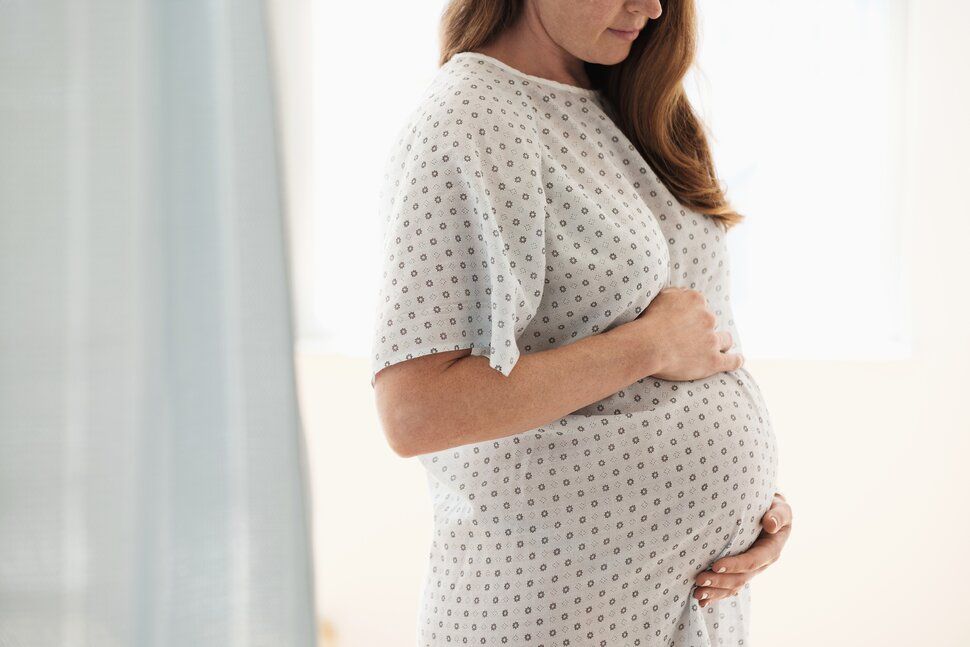Business
Fetal Mortality Rate Holds Steady Despite Pandemic

Provisional data for 2021 shows the fetal death rate dropped among Black women year over year, but was essentially unchanged overall.
For a second straight year, fetal mortality in the U.S. has remained relatively unchanged since reaching a record low in 2019, even amid potentially heightened risk brought on by the COVID-19 pandemic.
[ READ: 10 States With the Highest Fetal Mortality Rates ]
Measured among fetuses at 20 weeks of gestation or more, the total fetal mortality rate in the U.S. was 5.68 deaths for every 1,000 live births and fetal deaths in 2021, according to a report published Thursday by the Centers for Disease Control and Prevention’s National Center for Health Statistics.
The rate did not significantly change from the count of 5.74 per 1,000 reported in 2020, researchers said, while the rate in 2020 also was relatively unchanged from the mark of 5.70 per 1,000 in 2019 – the year fetal mortality reached its lowest rate on record in the U.S.
A total of 20,948 fetal deaths occurred after at least 20 weeks of gestation in 2021, the report shows. That data is based on fetal death reports processed by NCHS as of June 17, 2022, representing what researchers said is approximately 99.5% of the expected count for 2021. There were 21,478 such deaths in 2019 and 20,854 in 2020.
Rates of fetal mortality remained essentially unchanged during both early- and later-stage pregnancies as well, the analysis found. For fetuses in between 20 and 27 weeks of gestation, the death rate was 2.93 per 1,000 live births and fetal deaths within that group in 2021, compared with 2.97 per 1,000 in 2020. The rate at 28 weeks or more of gestation went from 2.78 per 1,000 in 2020 to 2.77 per 1,000 in 2021.
The only significant change in fetal mortality depicted among racial and ethnic groups included in the report occurred among Black women in 2021, when the death rate declined by 5% to 9.8 per 1,000 compared with 10.34 per 1,000 in 2020. It was down 6% from the rate of 10.41 per 1,000 reported in 2019.
The rate among Black women “had been going down but not significantly up until the 2020-2021 time period,” says Elizabeth Gregory, a health scientist at NCHS and lead author of the report.
The report shows no significant change in fetal mortality among either white or Hispanic women from 2019 to 2020 or from 2020 to 2021.
Among U.S. states and the District of Columbia, just two states saw significant increases in their fetal mortality rate from 2020 to 2021, with the rate increasing 13% in Pennsylvania and 29% in Utah. Indiana was the only state to see a significant decrease in fetal morality, according to the provisional data, dropping 14% from 6.02 per 1,000 in 2020 to 5.15 per 1,000 in 2021. Fetal mortality rates by state are based upon the mother’s state of residence.
The findings of a steady fetal mortality rate come despite research indicating women who contracted COVID-19 during pregnancy were at higher risk for stillbirth compared with women who had not been infected. Other research did not identify such an association.
The new report also comes after a nearly 20% rise in the maternal death rate from 2019 to 2020, and after a Government Accountability Office analysis found that among more than 2,000 total maternal deaths that occurred in 2020 and 2021, 25% were related to COVID-19.
Still, Gregory points out that it is difficult to assess the direct impact of maternal COVID-19 on fetal deaths, since the disease status of the mother is not always reported in the case of such deaths – a point also made in the report.
“It is important to note that maternal COVID-19 status is not routinely collected on reports of fetal death unless entered as a cause of death and, therefore, its impact cannot be directly examined here,” the report states.

